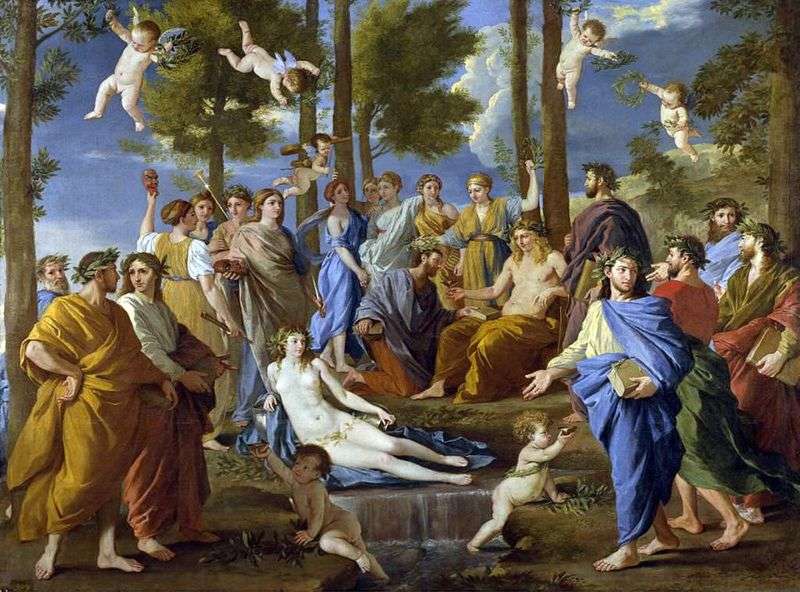
The painting “Apollo and the Muses” is one of the key works for understanding Poussin’s work. Her composition borrowed from one of the frescoes of Raphael on the same topic. The artist’s enthusiasm for themes of classical mythology and the works of Raphael and Titian is noticeable.
Parnas – mountain range in Greece. On one of the peaks was the Delphic temple and nearby Kastalsky spring. In antiquity, Parnassus was the sacred place of Apollo And Muses, and therefore a traditional place where poetry and music lived. At the foot of Parnassus was the most famous in the ancient world Delphic oracle. Apollo in the picture crowns the poet La Gomer with a laurel wreath, in the image of which Poussin depicted his friend the poet Marino, thus showing how much he appreciates his work.
In the center of the picture is depicted the Nymph of Castalia, which turned into a stream in order to escape the persecution of Apollo. At the creek, the artist placed two cupids; they stretched bowls of Kastalian water, giving poetic inspiration to poets and muses standing around.
Strict verticals of trees in the background firmly fasten the space of the picture. In color terms, the canvas is built, as almost always in Poussin, in contrast to warm and cold colors. The colorful richness of the work speaks of Titian’s influence on the work of the artist of this period.
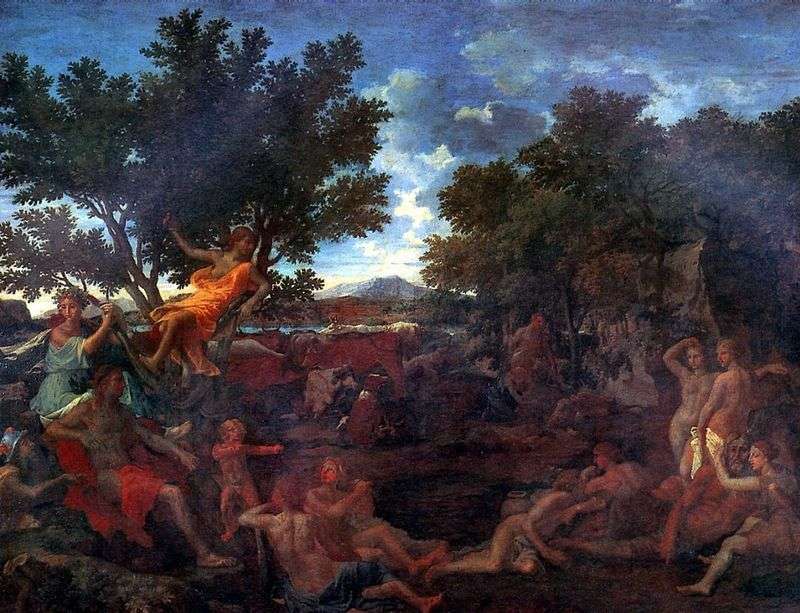 Apollo and Daphne by Nicolas Poussin
Apollo and Daphne by Nicolas Poussin Apollon et les muses (Parnasse) – Nicolas Poussin
Apollon et les muses (Parnasse) – Nicolas Poussin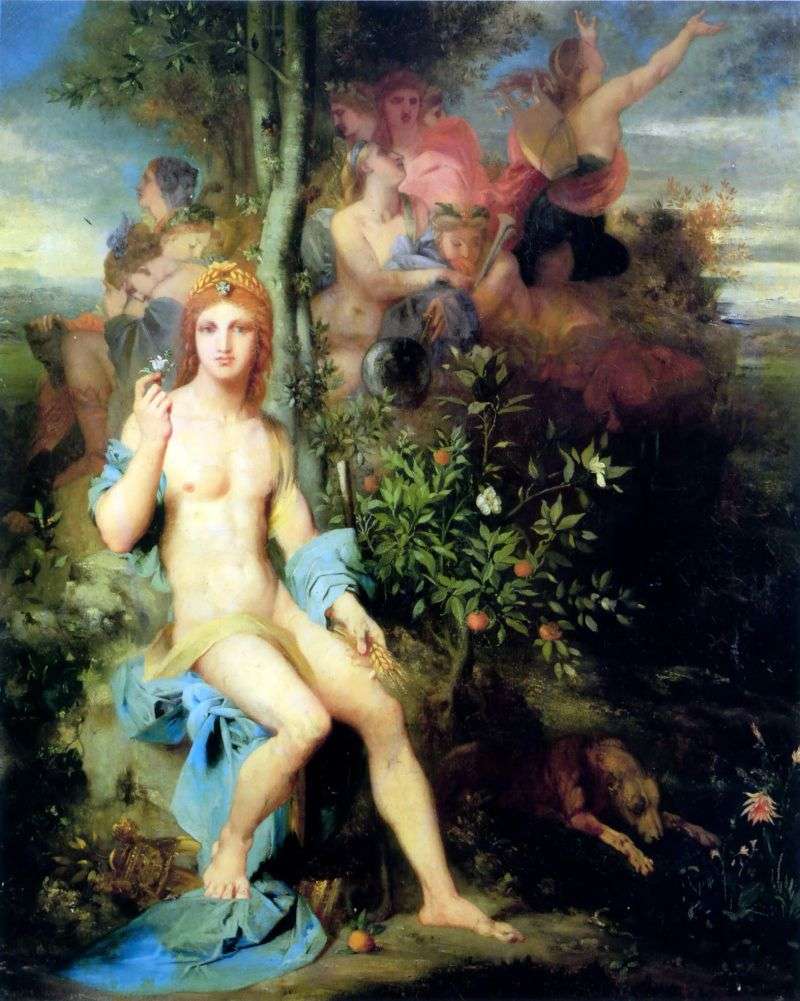 Apollo and the Nine Muses by Gustave Moreau
Apollo and the Nine Muses by Gustave Moreau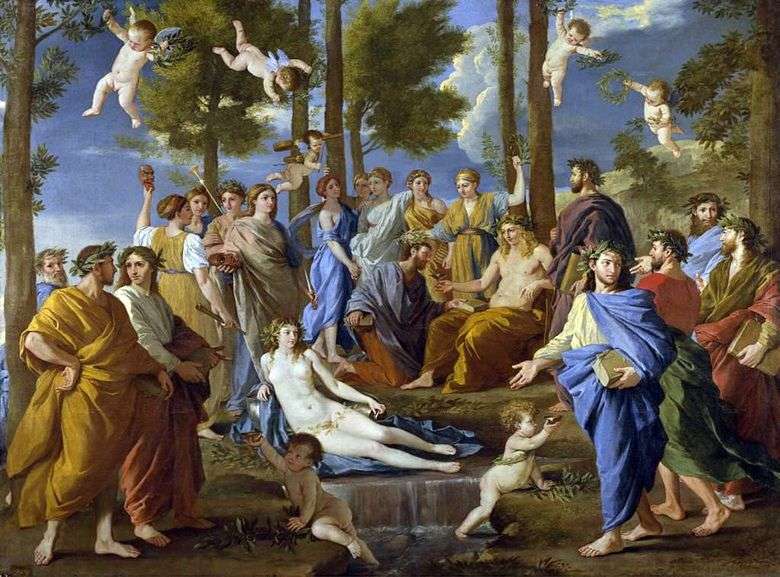 Apolo y las Musas (Parnassus) – Nicolas Poussin
Apolo y las Musas (Parnassus) – Nicolas Poussin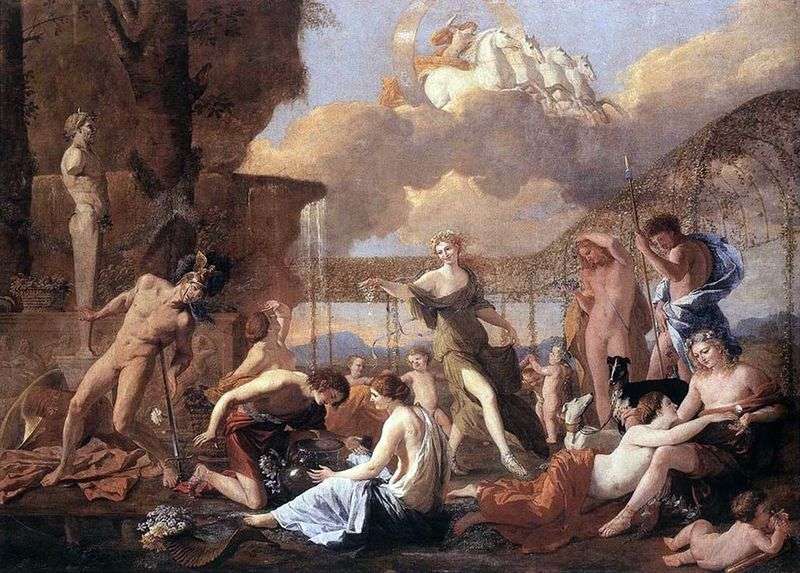 The Kingdom of Flora by Nicolas Poussin
The Kingdom of Flora by Nicolas Poussin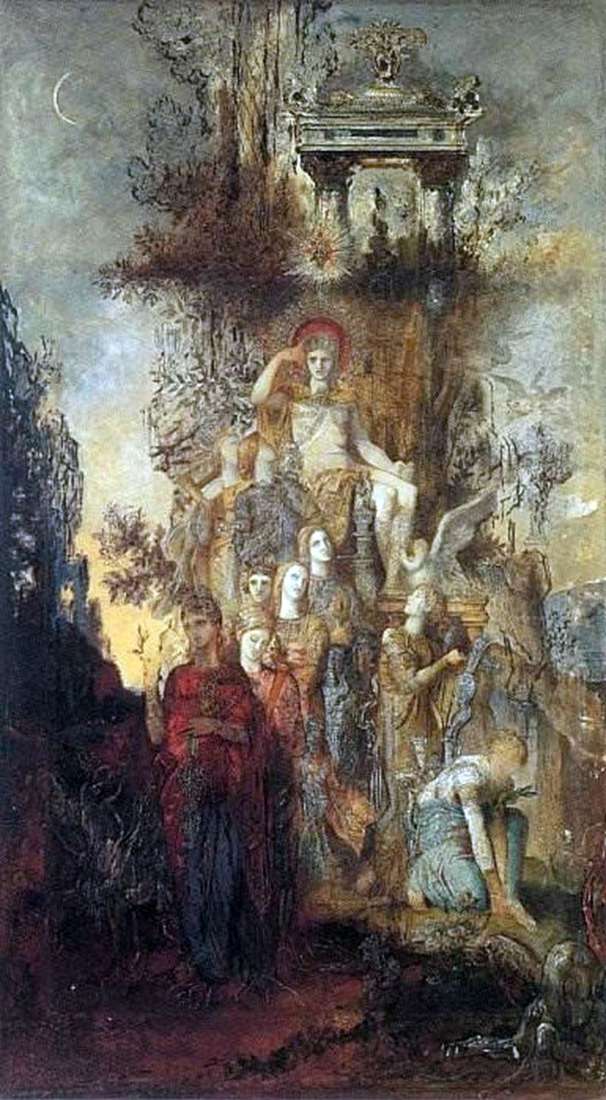 Muse, leaving his father Apollo by Gustave Moreau
Muse, leaving his father Apollo by Gustave Moreau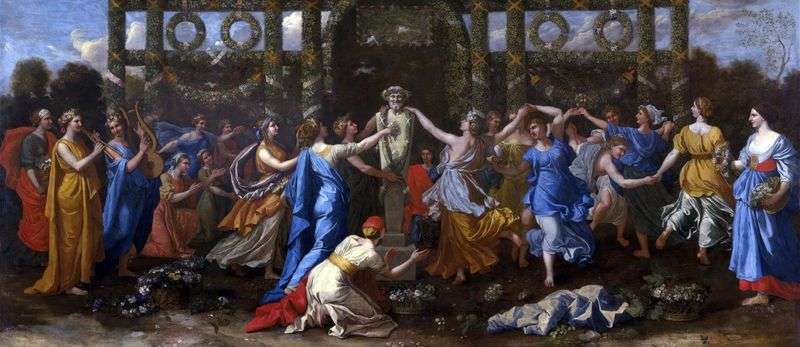 Dance in honor of Priapus by Nicolas Poussin
Dance in honor of Priapus by Nicolas Poussin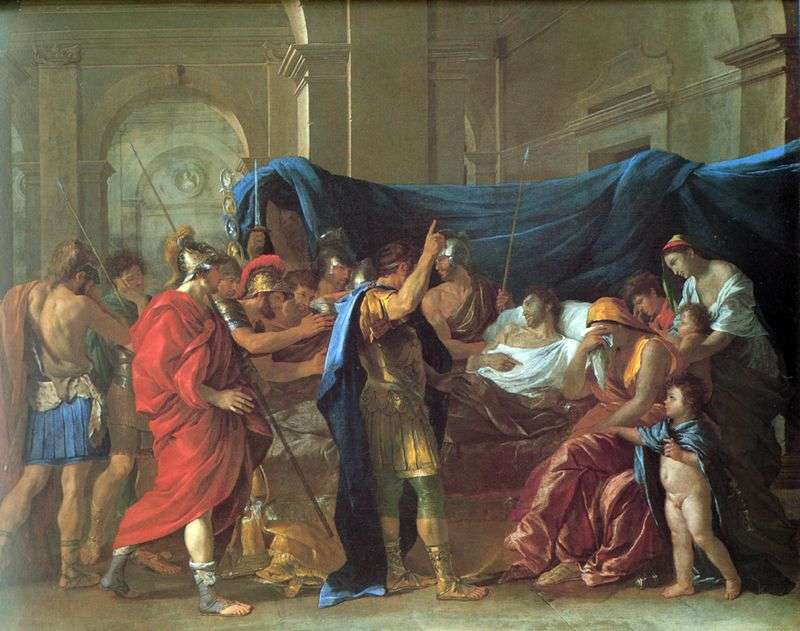 Death of Germanicus by Nicolas Poussin
Death of Germanicus by Nicolas Poussin